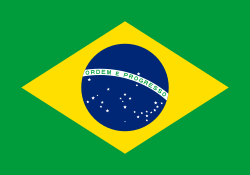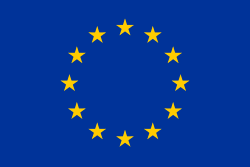Luxemburgs Grand Prix 1998
 | |
| Datum | 29 september 1998 |
|---|---|
| Bana | Nürburgring |
| Sträcka | 67 × 4,556 = 305,252 km |
| Vinnare | Mika Häkkinen, McLaren-Mercedes |
| Pole position | Michael Schumacher, Ferrari |
| Snabbaste varv | Mika Häkkinen, McLaren-Mercedes, 1:20,450 |
Luxemburgs Grand Prix 1998 var det femtonde av 16 lopp ingående i formel 1-VM 1998. Loppet, som kördes i Tyskland, var det andra av två Luxemburgs Grand Prix.
Rapport
Mika Häkkinen tog här en mycket imponerande seger efter att ha att tagit sig förbi Eddie Irvine och Michael Schumacher. Irvine gick ganska lätt medan Schumacher var svårare. Häkkinen tog sig dock förbi Schumacher i samband med depåstoppet och vann loppet. Häkkinen ledde nu VM-tabellen före Michael Schumacher med fyra poäng inför det sista loppet.
Resultat
- Mika Häkkinen, McLaren-Mercedes, 10 poäng
- Michael Schumacher, Ferrari, 6
- David Coulthard, McLaren-Mercedes, 4
- Eddie Irvine, Ferrari, 3
- Heinz-Harald Frentzen, Williams-Mecachrome, 2
- Giancarlo Fisichella, Benetton-Playlife, 1
- Alexander Wurz, Benetton-Playlife
- Jacques Villeneuve, Williams-Mecachrome
- Damon Hill, Jordan-Mugen Honda
- Jean Alesi, Sauber-Petronas
- Rubens Barrichello, Stewart-Ford
- Olivier Panis, Prost-Peugeot
- Jos Verstappen, Stewart-Ford
- Mika Salo, Arrows
- Shinji Nakano, Minardi-Ford
- Toranosuke Takagi, Tyrrell-Ford
Förare som bröt loppet
- Esteban Tuero, Minardi-Ford (varv 56, motor)
- Ralf Schumacher, Jordan-Mugen Honda (53, bromsar)
- Johnny Herbert, Sauber-Petronas (37, motor)
- Ricardo Rosset, Tyrrell-Ford (36, motor)
- Jarno Trulli, Prost-Peugeot (6, transmission)
- Pedro Diniz, Arrows (6, hydraulik)
VM-ställning
Förarmästerskapet | Konstruktörsmästerskapet
|
| ||||||||
Media som används på denna webbplats
The civil ensign and flag of Belgium. It is identical to Image:Flag of Belgium.svg except that it has a 2:3 ratio, instead of 13:15.
The Flag of Europe is the flag and emblem of the European Union (EU) and Council of Europe (CoE). It consists of a circle of 12 golden (yellow) stars on a blue background. It was created in 1955 by the CoE and adopted by the EU, then the European Communities, in the 1980s.
The CoE and EU are distinct in membership and nature. The CoE is a 47-member international organisation dealing with human rights and rule of law, while the EU is a quasi-federal union of 27 states focused on economic integration and political cooperation. Today, the flag is mostly associated with the latter.
It was the intention of the CoE that the flag should come to represent Europe as a whole, and since its adoption the membership of the CoE covers nearly the entire continent. This is why the EU adopted the same flag. The flag has been used to represent Europe in sporting events and as a pro-democracy banner outside the Union.Författare/Upphovsman: Pitlane02, Licens: CC BY-SA 3.0
Nürburgring, layout 1997-2001, the Grand-Prix-Track, with the new Formula 1 chicane


















